Human Anti-Alkaline Phosphatase Antibody Product Attributes
Alkaline Phosphatase Previously Observed Antibody Staining Patterns
Observed Subcellular, Organelle Specific Staining Data:
Anti-ALPL antibody staining is expected to be primarily localized to the cytosol.
Observed Antibody Staining Data By Tissue Type:
Variations in Alkaline Phosphatase antibody staining intensity in immunohistochemistry on tissue sections are present across different anatomical locations. An intense signal was observed in glandular cells in the adrenal gland. More moderate antibody staining intensity was present in glandular cells in the adrenal gland. Low, but measureable presence of Alkaline Phosphatase could be seen in cells in the molecular layer in cerebellum, cells in the seminiferous ducts in testis, decidual cells in the placenta, exocrine glandular cells in the pancreas, glandular cells in the appendix, breast, cervix, uterine, colon, duodenum, fallopian tube, gallbladder, parathyroid gland, prostate, rectum, salivary gland, small intestine, stomach and thyroid gland, islets of Langerhans in pancreas, keratinocytes in skin, Leydig cells in the testis, myocytes in skeletal muscle, neuronal cells in the caudate nucleus and hippocampus, peripheral nerve/ganglion in colon and urothelial cells in the urinary bladder. We were unable to detect Alkaline Phosphatase in other tissues. Disease states, inflammation, and other physiological changes can have a substantial impact on antibody staining patterns. These measurements were all taken in tissues deemed normal or from patients without known disease.
Observed Antibody Staining Data By Tissue Disease Status:
Tissues from cancer patients, for instance, have their own distinct pattern of Alkaline Phosphatase expression as measured by anti-Alkaline Phosphatase antibody immunohistochemical staining. The average level of expression by tumor is summarized in the table below. The variability row represents patient to patient variability in IHC staining.
| Sample Type | breast cancer | carcinoid | cervical cancer | colorectal cancer | endometrial cancer | glioma | head and neck cancer | liver cancer | lung cancer | lymphoma | melanoma | ovarian cancer | pancreatic cancer | prostate cancer | renal cancer | skin cancer | stomach cancer | testicular cancer | thyroid cancer | urothelial cancer |
|---|---|---|---|---|---|---|---|---|---|---|---|---|---|---|---|---|---|---|---|---|
| Signal Intensity | – | – | – | – | + | – | – | – | – | – | – | – | – | – | – | – | – | ++ | – | – |
| ALPL Variability | + | ++ | + | + | ++ | ++ | + | ++ | + | ++ | + | ++ | + | + | + | + | + | +++ | + | ++ |
| Alkaline Phosphatase General Information | |
|---|---|
| Alternate Names | |
| Alkaline phosphatase, tissue-nonspecific, ALPL, Tissue Nonspecific Alk Phos. | |
| Molecular Weight | |
| 55kDa | |
| Chromosomal Location | |
| 1p36.12 | |
| Curated Database and Bioinformatic Data | |
| Gene Symbol | ALPL |
| Entrez Gene ID | 249 |
| Ensemble Gene ID | ENSG00000162551 |
| RefSeq Protein Accession(s) | XP_005245875, NP_000469, NP_001120973, NP_001170991, XP_006710609, XP_016856392 |
| RefSeq mRNA Accession(s) | NM_000478, XM_005245818, XM_006710546, XM_017000903 NM_001177520, NM_001127501 |
| RefSeq Genomic Accession(s) | NG_008940, NC_018912, NC_000001 |
| UniProt ID(s) | P05186, A0A024RAG0 |
| UniGene ID(s) | P05186, A0A024RAG0 |
| HGNC ID(s) | 438 |
| Cosmic ID(s) | ALPL |
| KEGG Gene ID(s) | hsa:249 |
| PharmGKB ID(s) | PA24729 |
| General Description of Alkaline Phosphatase. | |
| There are at least four distinct but related alkaline phosphatases: intestinal, placental, placental-like, and liver/bone/kidney (tissue non-specific). The first three are located together on chromosome 2, while the tissue non-specific form is located on chromosome 1. The product of this gene is a membrane bound glycosylated enzyme that is not expressed in any particular tissue and is, therefore, referred to as the tissue-nonspecific form of the enzyme. The exact physiological function of the alkaline phosphatases is not known. A proposed function of this form of the enzyme is matrix mineralization ;however, mice that lack a functional form of this enzyme show normal skeletal development. This enzyme has been linked directly to hypo-phosphatasia, a disorder that is characterized by hypercalcemia and includes skeletal defects. The character of this disorder can vary, however, depending on the specific mutation since this determines age of onset and severity of symptoms. Alternatively spliced transcript variants, which encode the same protein, have been identified for this gene. | |

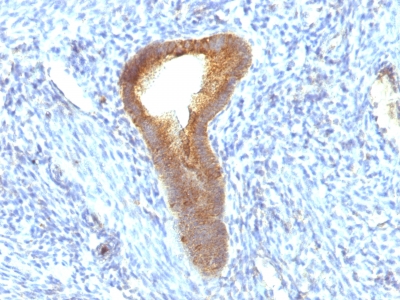

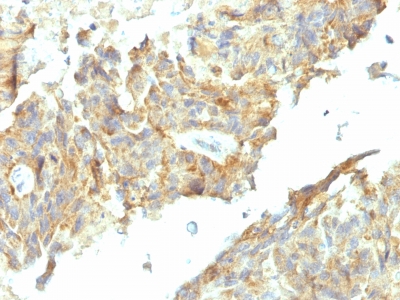
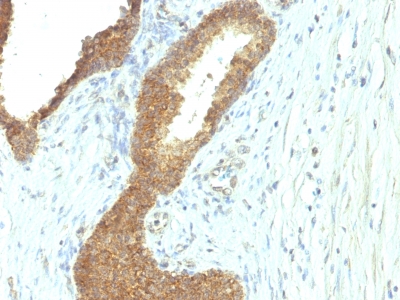
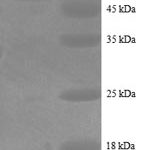
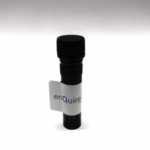
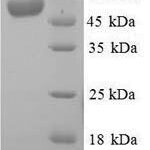

There are no reviews yet.